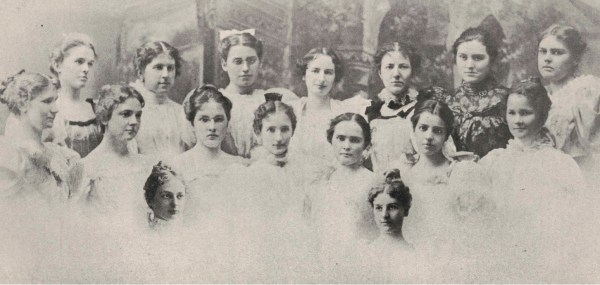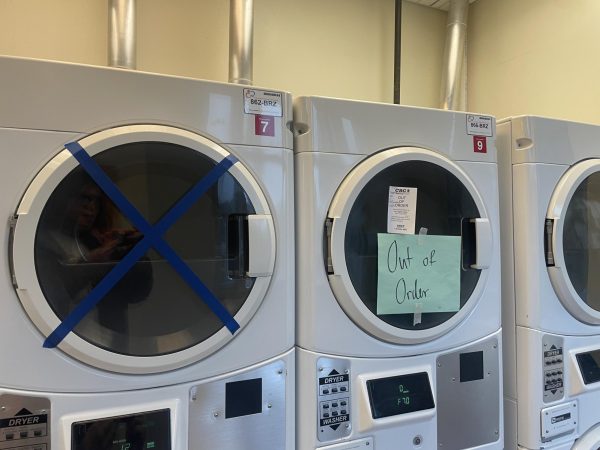Marijuana legalization on Ohio’s ballot as Issue 3
Some are concerned that issue would create monopoly
This November, Ohio voters will be able to vote on marijuana legalization with Issue 3, a proposed amendment to Ohio’s constitution.
The issue would allow people over 21 to purchase up to one ounce of marijuana, grow up to four marijuana plants and be prescribed marijuana for medical purposes.
Issue 3 would also establish a 15 percent flat tax for all revenue generated by marijuana growth and production facilities in the state and a 5 percent flat tax for all revenue generated by marijuana retail facilities in the state. It would allow marijuana consumption only in the homes of legally-aged consumers and in private locations where permitted, much like alcohol consumption laws.
Along with this legalization and established tax rates, Issue 3 would grant exclusive rights to 10 facilities to commercially produce marijuana, facilities the proposed amendment calls “Marijuana Growth, Cultivation & Extraction (MGCE) facilities.” These 10 facilities would be the only ones allowed to sell marijuana or medical marijuana to “Marijuana Product Manufacturing (MPM) facilities,” to marijuana retailers and to medical marijuana dispensaries.
Issue 3 is supported by the American Civil Liberties Union (ACLU) of Ohio, Keith Stroup (the founder of National Organization for the Reform of Marijuana Laws) and the ResponsibleOhio PAC, among others.
“By voting yes on Issue 3, Ohio voters will begin to move our state away from senseless, wasteful drug prohibition toward a system that is supervised, safe, efficient, legal, and operating under regulatory oversight,” said Christine Link, the executive director of ACLU Ohio, in a post on the ACLU’s website announcing their support of Issue 3.
Opponents to Issue 3 include Governor John Kasich, the Libertarian Party of Ohio and the Fraternal Order of Police of Ohio, Inc., among others.
Opponents to Issue 3 tend to be split into two groups: those, like Kasich, who think marijuana should not be legalized in Ohio and those who claim passing this constitutional amendment would create a monopoly on the commercial production of marijuana.
“The general sentiment among the Case Dems specifically is toward legalization but against the restriction in Issue 3 that would create an oligopolistic market,” said Spencer Kiesel, president of the Case Democrats. “Restricting production to 10 facilities is an economically inefficient and morally reprehensible thing for the government to do.”
Ed Niedoba, president of the Young Americans for Liberty, said members of his organization shared a similar opinion.
“In general most members of the organization would like to see marijuana legalization happen, but not with this ballot issue,” said Niedoba. “[Members don’t support Issue 3] largely because it isn’t written for the benefit of small users or growers but the 10 groups that would be handed a monopoly if the law was to be enacted.”
ResponsibleOhio’s website for Issue 3, yeson3ohio.com, claims that the established MGCE facilities are not a monopoly.
“There are 10 initial commercial growing sites,” says a post on ResponsibleOhio’s website. “They will be operated by separate companies and have to compete with each other on price and quality, which is the exact opposite of a monopoly.”
ResponsibleOhio’s website claims this proposed amendment authorizes the State of Ohio to add more licenses for MGCE facilities if there is demand for more marijuana. According to the amendment, review of consumer demand will happen annually and not until the fourth year after the issue passes.
If demand is found to be higher than what the 10 facilities can produce, the proposed amendment notes that, “the Commission may issue a license for an additional MGCE facility at a site other than what has been designated herein.” In essence, more sellers can only be added in the case that Ohioans like marijuana more than anticipated.
Issue 3 has recently been the subject of legal investigation. Subpoenas have been issued to Ian James and Stephen Letourneau of The Strategy Network, a group that collected signatures for the petition to get Issue 3 on Ohio’s ballots.
According to Ohio’s Secretary of State Jon Husted, ResponsibleOhio and The Strategy Network’s petitions contained signatures from dead individuals, that the groups attempted to register people under fake addresses, and that voter registration forms the group submitted “were forged and completed by someone other than the registrant.”
“What we don’t know is the exact depth of the fraud that was committed and who exactly was involved, which is why I have asked the court to enforce the subpoenas and help me find the truth,” Husted said in a written statement.
Early voting on this proposed amendment started Oct. 6, and Election Day is Nov. 3.















